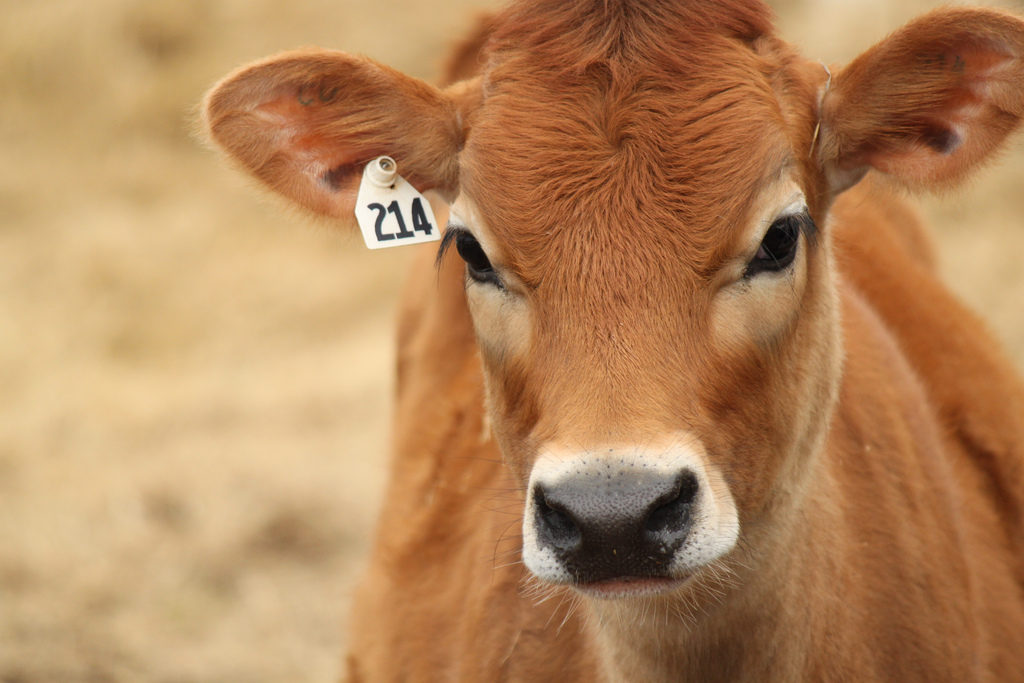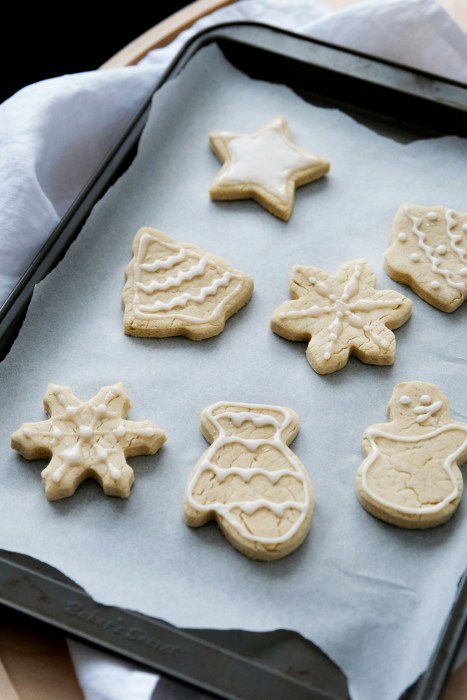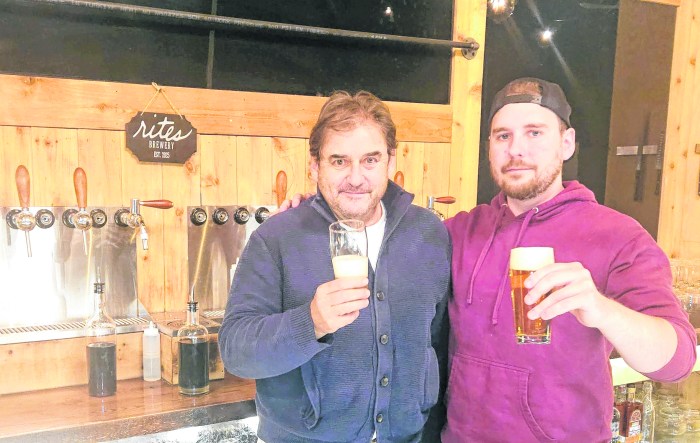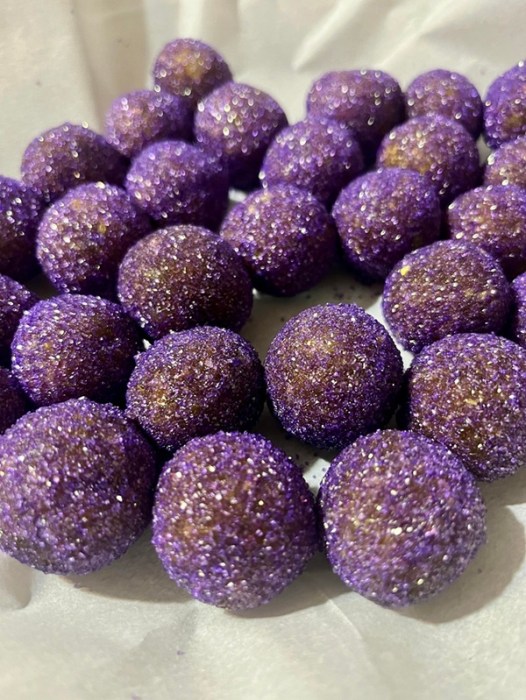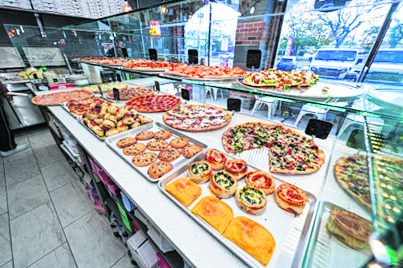Peter Ludlow reached into a small, straw-lined enclosure and leaned toward a three-week-old Jersey cow wearing a yellow nametag. It said “Kreme.” The young calf sniffed Ludlow’s hand, looking up with large brown eyes, and then retreated with an awkward stumble.
“They’ll get super tame with plenty of hand treatment,” said Ludlow. “You can see how curious they are – a lot of personality. They all get names.”
Kreme is part of the growing herd at Mecox Bay Dairy, an artisan cheesemaking operation in Bridgehampton that produces six styles of cheese that are sold at farm markets throughout the summer and to East End restaurants and cheese shops. Pete’s father, Art Ludlow, launched the business in 2003 after deciding it might be more profitable than his other venture at the time: potato farming. Now, Art’s two sons, Pete and John – 30 and 28 – have started working for the business full-time with hopes of scaling up the operation.
“It’s a family-run business, through and through,” said Pete as he and his brother made cheese on a recent Friday morning. “But we manage to get along alright. For the most part.”
With the recent addition of Kreme, Mecox has more than 30 cows, 28 of which are milked on a daily basis. They’re all pedigree Jersey cows, a smaller, tawny-colored breed with a friendly disposition and cartoonish eyelashes that’s known for producing milk with a high fat content ideal for making cheese. Producing large batches of raw-milk cheese is a fairly simple process, Pete explained: It’s all about consistency. He stood over a massive metal vat filled nearly to the brim with raw milk.
“Right now it’s all just heating up,” said Pete, as he placed a large thermometer into the edge of the vat. The room where they make cheese is sterile and humid, with white-washed walls and shiny chrome equipment. It’s about the size of a double-wide trailer, and with both brothers clad in white smocks and boots, plastic gloves and hairnets, it’s hard not to think of the TV show Dexter.
An early stage of the process is adding cultures that begin to ferment the lactose in the milk, according to Pete. This fermentation helps dictate the moisture content of the cheese, and has a big role in determining the taste, texture and subtleties of the finished product. After the enzymes do their thing, and the cheese heats up to roughly 90 degrees, another enzyme called rennet is added to the mix. The enzyme, which helps to coagulate the milk into what will eventually form cheese curds, is derived from the lining of the fourth stomach of a calf.
“The story goes that the first guy who made cheese did it accidentally when he was transporting milk in a cow stomach that was acting as a vessel,” said Pete. “It mixed all around and there it was: cheese.”
Once the cheese reaches the sought pH level, it’s cut with a cheese knife to help the curds separate from the liquid whey. The curds become nearly solid before they’re packed into molds, flipped and salted.
“And then we basically put it on a shelf for a couple years and forget about it,” Pete laughed.
Next to the cheesemaking room, a large metal door leads to climate-controlled aging room. Dozens of wheels of cheese fill the space ranging from light brown to deep mahogany in color depending on how long they’ve been aged, some for more than five years.
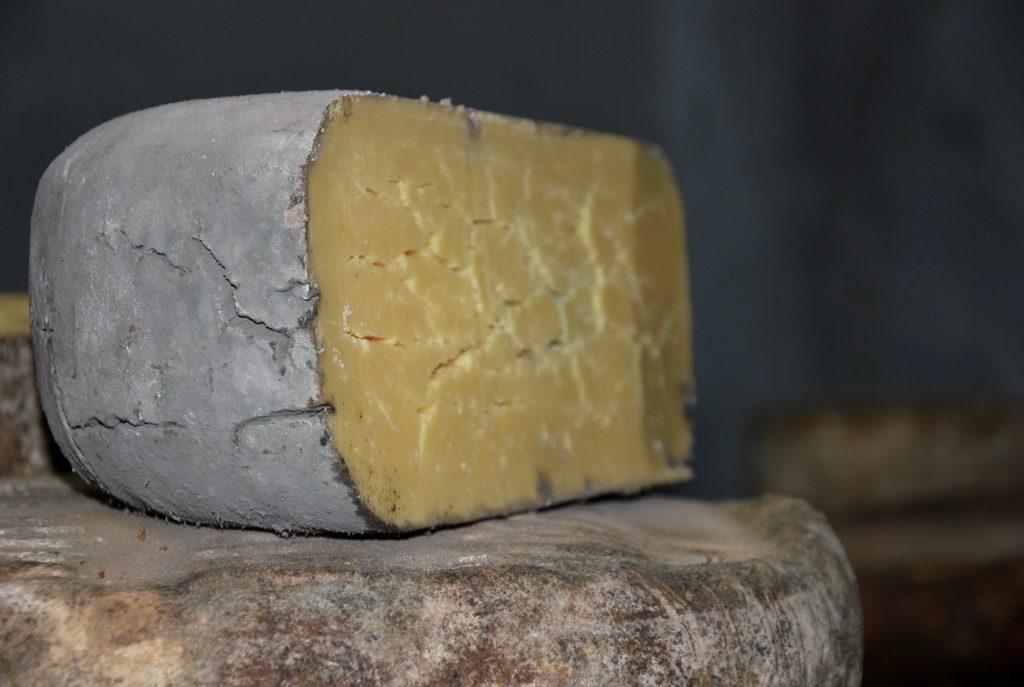
There is some controversy in the cheese world about using raw milk, as Mecox does. Much of the debate centers on a 1947 law that prohibits the sale of raw milk cheese that hasn’t been aged for more than 60 days.
“The regulations make sense for certain cheeses,” Nora Weiser, executive director of the American Cheese Society, said at a conference last month. “We’re trying to show that you can make cheese safely using dozens of methods.
In a survey of artisan and specialty cheesemakers conducted last year, the ACS identified 900 producers. Of those, 75 percent make less than 50,000 pounds of cheese a year, according to the survey – Mecox hopes to reach 30,000 pounds in the future – and only 38 percent make their cheese with raw milk.
“Would they use raw milk if regulations were more permitting?” questioned Weiser. “That’s what we are working on by educating regulators on the high quality of raw milk cheese.”
And you can taste the difference, pro-raw milk folks say.
“You just can’t get the same quality with pasteurized milk,” said Pete. “The flavor and complexity just doesn’t compare.”
After attending the Cornell Agriculture School, Art Ludlow and his wife Stacy set up their home on the Bridgehampton farm where Art and his brother, Harry, were born. The siblings share the property to this day, with Harry planting and harvesting vegetables and selling his crops under the original name of the property, Fairview Farm.
Art grew and sold potatoes for years, but decided to switch gears around 1999 with an assist from a family cow named Nora.
“We had the family cow back in the ’90s and I started to experiment a little with cheese,” Art said. “It was just a hobby, but I thought it would be good to bring something a little different to the local market.”
Art committed, and attended cheesemaking workshops over the next few years. In April 2003, he produced two cheeses on a bigger scale: a pungent, wash-rind tome and a creamy mix between a Brie and a Camembert. Both have since become staples.
Art said he’s glad his sons have taken an interest in the family cheese shop, if not a little surprised since they’re both musicians. Pete graduated from Vassar College with a music degree in 2010 and plays organ in church every Sunday, while John gigs regularly as a jazz saxophonist. These days, Pete is also focused on making the farm self-sustaining by planting, growing, harvesting and processing all the feed for the animals on the farm. John, who just recently started working for the dairy full time, handles more logistical tasks like filling orders and packaging cheese.
“It’s good because I’m ready to do a little less,” said Art. “Hasn’t happened quite yet, but I’m hoping.”
